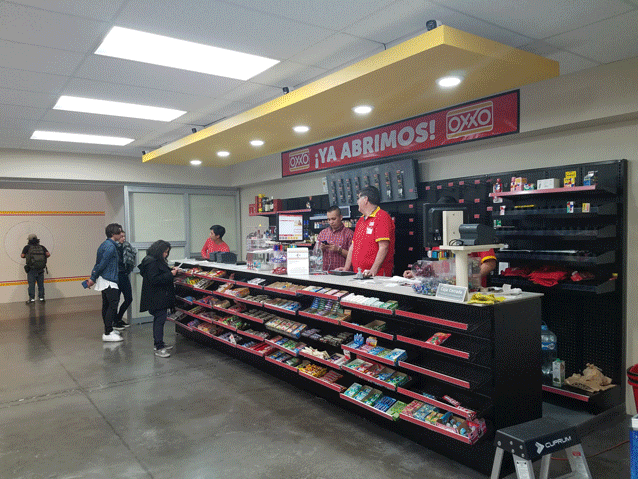
Gabriel Orozco
Kurimanzutto
Gob. Rafael Rebollar 94, Col. San Miguel Chapultepec 11850, México D.F.
On view until March 16th
What’s on view: An exact replica of an OXXO (the ubiquitous Mexican 7-11 competitor) except without monetary exchange. Visitors are instructed to pick out three free objects, so long as they aren’t marked with the artist’s own sticker (because those products are artworks for collectors, despite being otherwise identical to the other goods in the store).
Whitney: Through the wooden barrier which separates the gallery from the street, past the door guard and the gallerists, we entered into a minimalist shi-shi open air courtyard, and then through the sliding doors of an OXXO, which seemed normal because OXXOs are everywhere. I turned around to go find some art upstairs. But Michael, being the seasoned critic, knew. It’s not a real OXXO. It’s commentary.

Michael: I honestly can’t think of another artwork that straddles a weird indoor/outdoor space to such uncanny effect. I had heard a lot about this show and thought I knew what to expect, but I too was caught off guard. Whitney, you and I have seen more than our fair share of fake-businesses-as-artworks, from visiting a seedy massage parlor in the Lower East Side to helping run AFC’s pop-up gay bar in Miami Beach. I’m sure we’ve been to many a fake business at art fairs we don’t even remember. But there will be no forgetting this day. Gabriel Orozco has elevated the fake-business-as-medium to the next level in so many ways.
Whitney: This triggered a Supermarket Sweep fantasy I didn’t realize I have been actively repressing every time I go shopping. You’re allowed to take three items (as long as they don’t have stickers on them, but not many do), so immediately all of us starting weighing the best combinations.
I went for the cookies first, but then it turned out there was beer, and that we weren’t allowed to drink beer in the courtyard without cups, so that knocked out two of my items, and then I got distracted by the gum at the checkout counter, so there went the cookies. After we’d checked out, I think we all got buyer’s remorse. Michael probably should’ve gotten water for his house. I remembered condoms and toothpaste, but luckily those had stickers.
Now I’m hungry for cookies and debating running to the actual OXXO across the street while Michael writes his response.
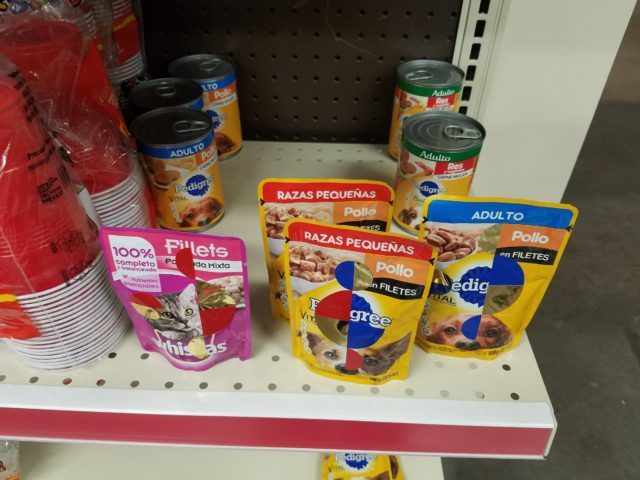
The bags of dog food with the circle motif are not available—they’re art. The unmarked cans of dog food are free, however.
Michael: One of the most impressive things this piece accomplished: it made us consider the act of shopping differently than any of its myriad artistic predecessors. I’m literally in an OXXO at least once every day (it’s where most Defeños do everything from paying utility bills and refilling drinking water jugs to buying cigarettes and Doritos) but with the aspect of monetary value removed, yet another set of limitations imposed, an almost-mania set in as we tried to adjust to a new value system.
Ultimately, I settled on a beer and two Kinder Sorpresa chocolate eggs. I figured I could have a snack, and still get an “object” as a souvenir. I grabbed two of the “niña” chocolates (even candy is gendered?) because Molly Rhinestones introduced me to the fact that the girls’ toys are usually little glamorous figurines that look like white versions of RuPaul. When I opened my eggs, however, they contained art supplies. “Art supplies” in the old-school sense—one came with a watercolor set in the shape of a frog and the other held colored pencils in the shape of a teddy bear. It felt like the most meta end to this Russian-doll of a game. I like to think Orozco rigged this detail somehow—and in his OXXO, all children’s candy prizes contain gender neutral art stuff that could theoretically yield a traditional “art object”.
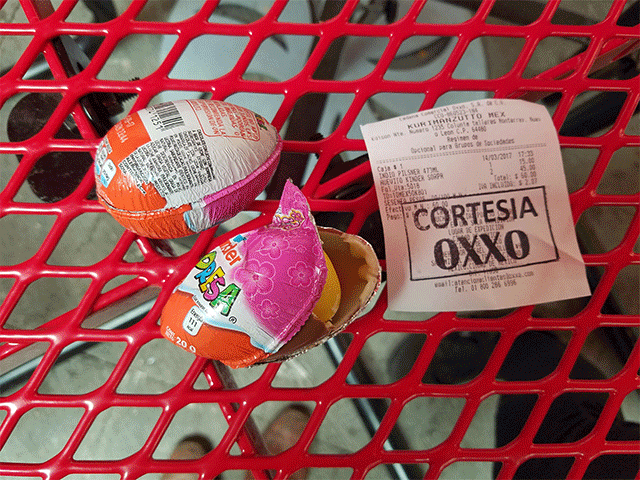
Whitney: I think your sense of wonder shows what immediately sets this apart from a zillion other art-as-commerce shows. A convenience store populated entirely with art viewers with Canon cameras and little backpacks doesn’t sound so exciting now that we’re officially past the relational aesthetics wow factor.
But what sets this apart from so many Creative Time commissions, art fair projects, and pop-up gallery-stores is that it’s not a fake store where you can’t get anything, or a fake-real store where you have to buy art, or a real store where you have to “perform” capitalism, or a store manned by the unpaid intern, or a store that provides fake jobs for a month. It’s that this is sponsored by OXXO, and you can get the stuff you want, rather than playing an in-the-know game that doesn’t meaningfully relate to commerce anywhere outside the art gallery. This is a real OXXO store.
It makes me think a lot more about what I consume, for one. (I now have cookies from OXXO). But it’s also not a smirky reveal.
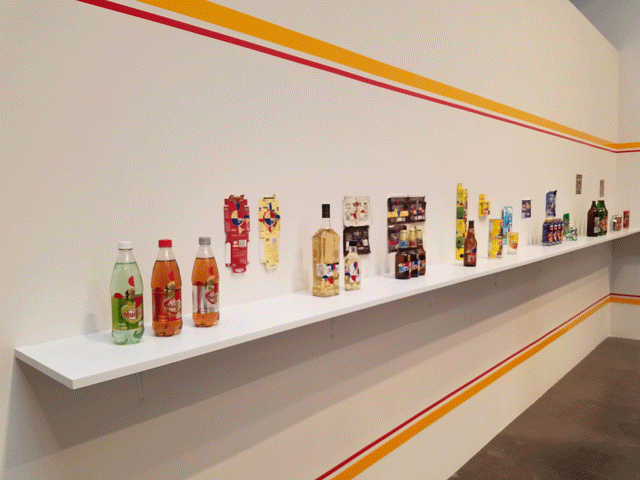
Michael: Exiting the “store” from the opposite door, we found ourselves in an unsettlingly conventional gallery environment. I honestly wouldn’t have lingered among these color-coordinated products—devoid of any implied interaction—if it weren’t for the super-enthusiastic, frank, and helpful gallery attendant who gave us the backstory.
Whitney: This person told us that OXXO’s parent company Femsa is treating the show as a promotional opportunity, so it’s provided the workers, the shelving, the fridges, and all of the products. The stark difference in environments, from the colorful store for regular people to a fluorescent Stanley Kubrick vacuum for elevated people, highlighted how art caters to an entirely different set of consumers, which I think is why art-store projects usually don’t work, because in the end they’re not really for us.
Michael: But I am more interested in the economics of the gallery’s products than the giveaway next door. Orozco has calculated a pricing scheme wherein the first edition of the series (his own artist’s proof) is valued at $30,000 (USD). The next collector to buy a set of these art-stamped OXXO products pays half—$15,000. The next collector pays half of that, and so on and so forth until the last edition only costs $60. The price drops the more “demand” there is for the product (opposite the logic of rarified art objects). It’s an economy of scale, not unlike Tesla’s ambitions to engineer accessible electric cars from the luxury market on down, or the fact that mass-produced shit costs so little because it’s mass-consumed (and, of course, exploitative labor, etc.)
Orozco’s relationship to the market (both high and low) is a smart one. He seems to be playing everyone by just blatantly playing by capitalism’s own rules. There’s not necessarily a critique here that’s so explicit a multinational corporate sponsor would be scared off, but he shines a light on the absurdity of the commercial art world by applying other market principles to the weird, weird system in which art operates. Namely, the power artists and dealers wield to assign arbitrary monetary values to objects that could cost much less, or in this case, be free. And in the bizarre era of late-capitalist neoliberalism, I suppose approaching a sponsor that sells nachos and bags of pre-cooked refried beans feels downright democratic in comparison to the usual art-world check-writers: luxury car brands, LVMH labels, overpriced champagne manufacturers…
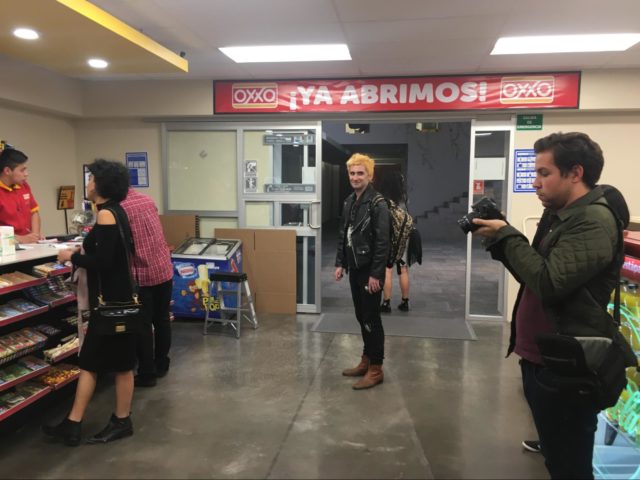
Whitney: Completely agree. Orozco’s making a game out of buying with the high-low pricing structure, and your understanding of the rules depends on where you are in the economy. I personally consider the first buyer (of the $30,000) to be the loser and the last buyer (of the $60 work) to be the winner, as the bargain-getter. That’s funny because the only rationale for spending the most money on the same item is to be a winner: buying value which has no real meaning unless all the rich people agree that it does. So I think most people would consider the biggest spender to be a complete idiot, but it doesn’t matter anyway because our opinions literally count for nothing and theirs count for $30,000.
I think the Russian doll is a really accurate metaphor. The larger concept of speculative economics for the super rich is wrapped around the economy of goods, something tangible which the rest of us can understand.
It was a good show.
Michael: My only complaint is that I couldn’t take the Juan-Gabriel-Orozco: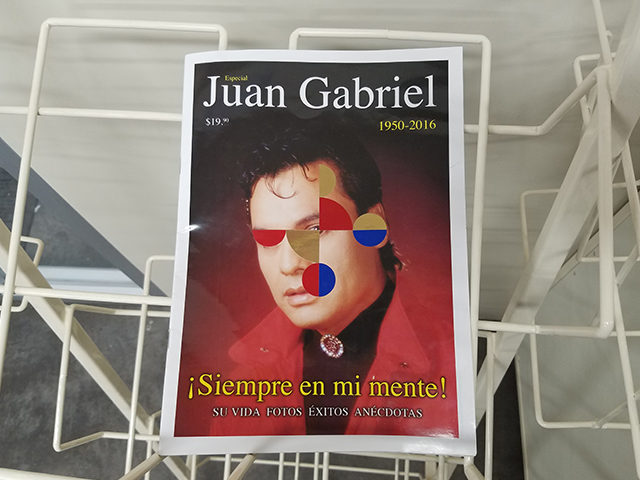

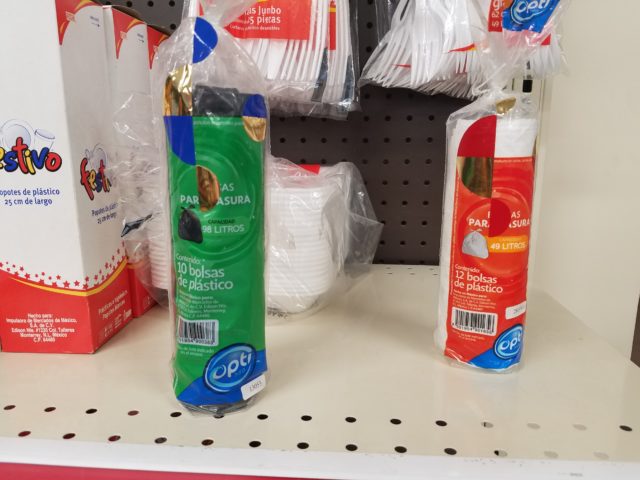
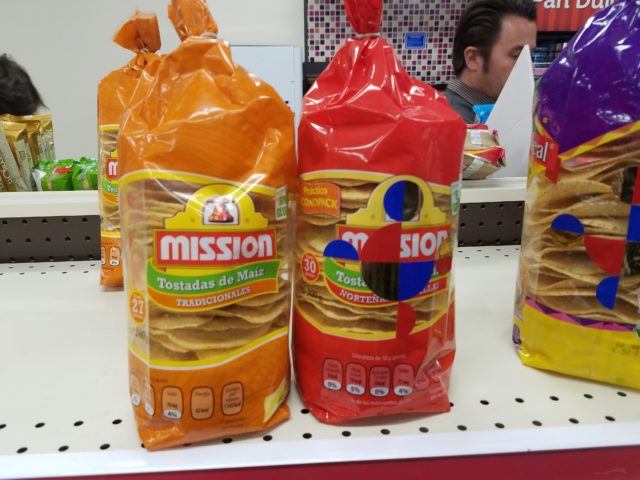

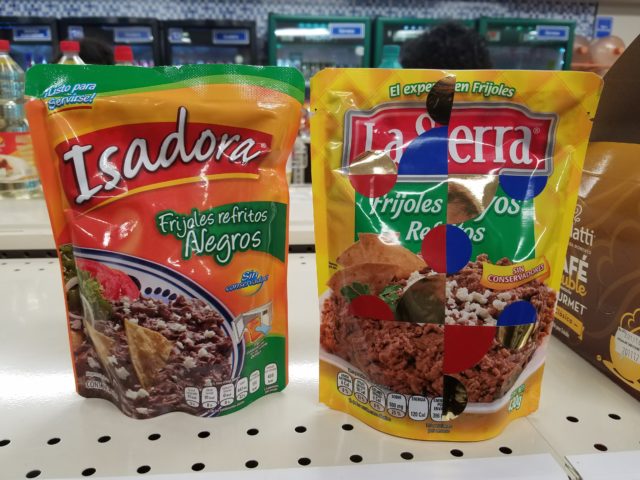
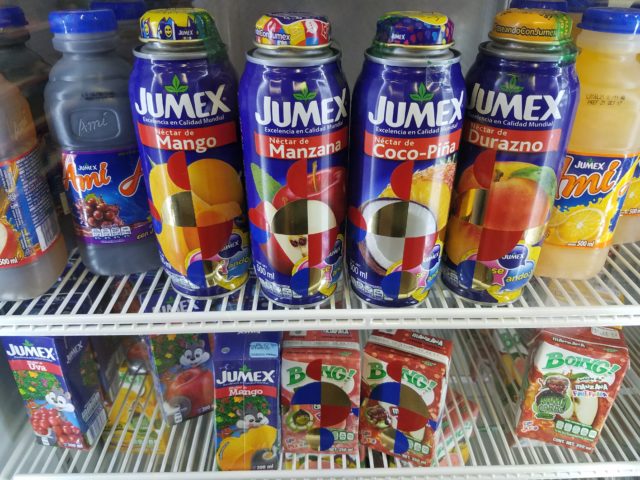
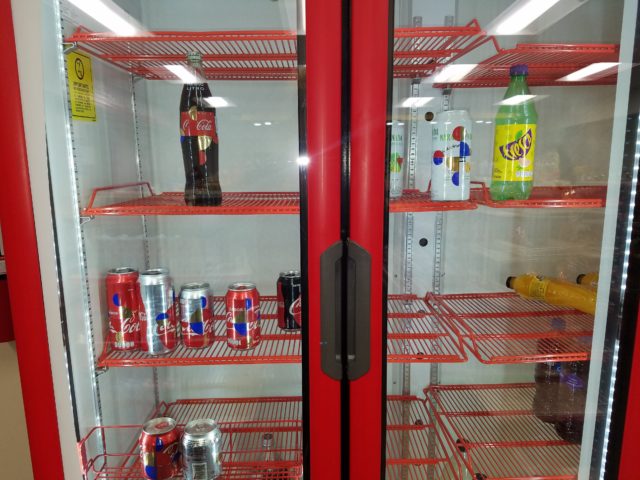
More recent Mexico City coverage:
- SLIDESHOW: Mexico City Galleries, Part 1
- Museum Punk Show in Need of A Sound Guy
- Material Light on Substance, Heavy With Dick Pics
- Slideshow: Zona MACO, The Art Fair Where Commerce and Politics Make Strange Bedfellows
- We Went to Mexico: General Idea at Museo Jumex Restored Our Faith in Art For Fuck’s Sake
- We Went to Mexico: Barbara Kruger and Juan Pablo de la Vega Take the Subway
- The Timelessness of Sex, Violence, and Portraiture: Otto Dix at MUNAL


Comments on this entry are closed.
{ 1 trackback }